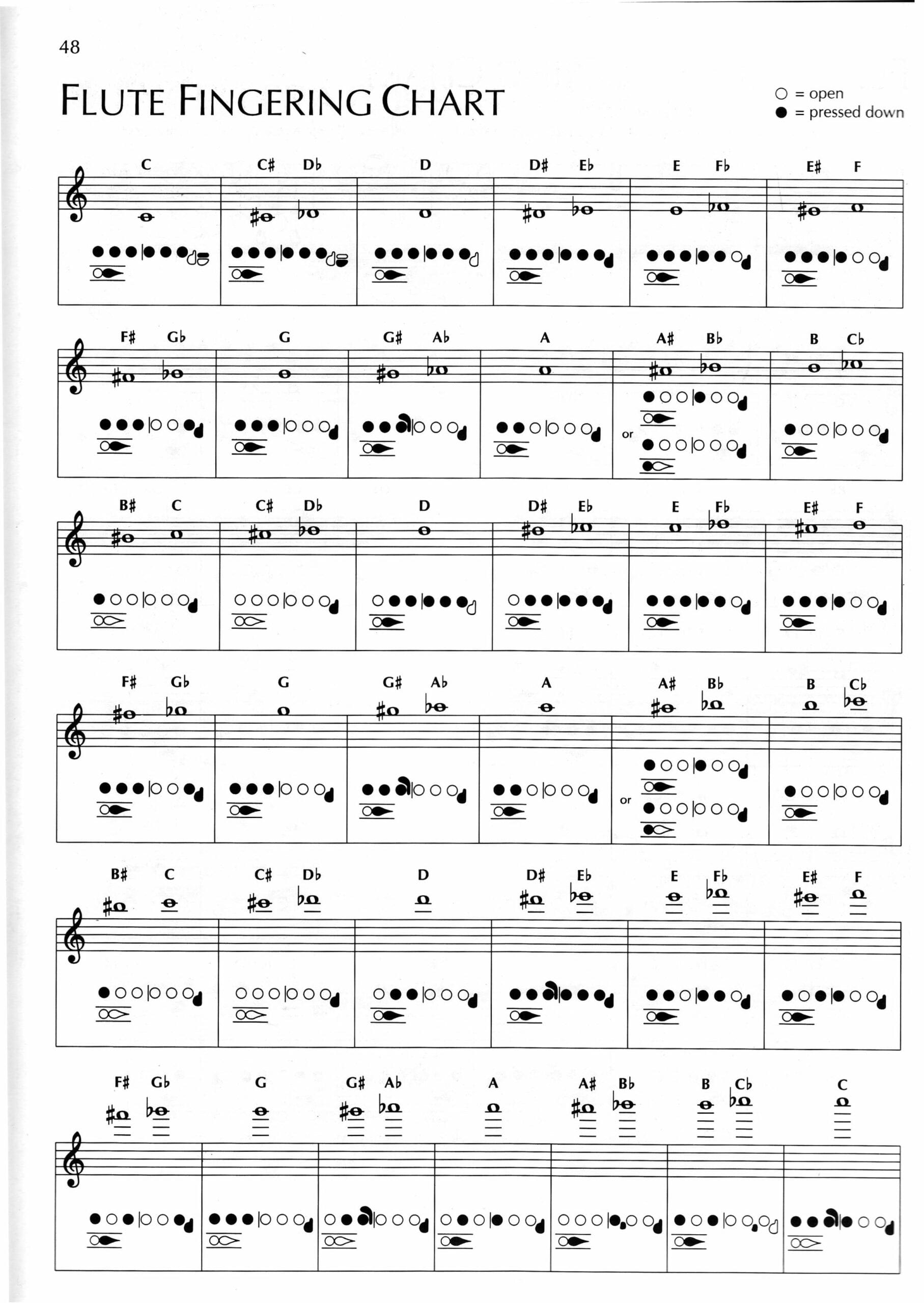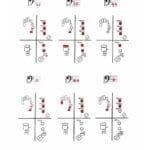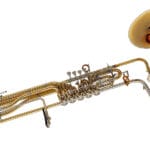Embark on a thrilling musical journey with the mellophone! This comprehensive guide provides everything you need to master mellophone fingerings, from beginner basics to advanced techniques. Whether you’re a seasoned musician or just starting out, we’ll equip you with the knowledge and resources to navigate the instrument with confidence and unlock its full potential. Get ready to hit all the right notes with ease!
Mastering the Basics of Mellophone Fingerings
Understanding the mellophone fingering chart is like having a roadmap to navigate the instrument’s notes. This visual guide shows you which valves to press for each note, essential for accurate playing and proper intonation. For those starting out, the middle register is your home base, where you’ll probably spend most of your time initially.
Here’s a handy table outlining typical fingerings for common notes in the middle register. Remember, “open” means no valves are pressed. The numbers correspond to the valves on your mellophone (1, 2, and 3).
| Note | Fingering |
|---|---|
| C | Open |
| C# | 1 |
| D | 1-2 |
| D# | 1-3 |
| E | 2 |
| F | 2-3 |
| F# | 1-2-3 |
| G | 0 |
This table provides a solid starting point. However, fingerings might vary slightly depending on the specific mellophone and the musical context.
Elevating Your Technique: Intermediate and Advanced Fingerings
Once you’re comfortable with the basic fingerings, explore advanced techniques to refine your playing:
- Alternate Fingerings: Often, multiple fingerings can produce the same note. Experiment to discover which fingering is best suited for different passages or desired tonal qualities. For instance, one fingering might be easier for fast passages, while another offers a richer tone.
- False Fingerings: These fingerings produce unexpected notes based on the standard chart. They can be useful for achieving a specific timbre or adjusting intonation in certain musical situations.
Mellophone vs. French Horn: Fingering Comparison
If you’re familiar with the French horn, you’ll notice similarities in the fingering systems. However, key distinctions exist:
- Pitch Differences: The mellophone is typically pitched in F, while the French horn is usually in Bb. This difference affects the actual note produced, even with the same fingering.
- Shared and Unique Fingerings: While the fingering for the major third between Ab and C is often identical on both instruments, the fingering for the half step between C# and D usually differs. On the mellophone, you’d likely use 1-3 for D#, while on the French horn, 2-3 is more common.
Beyond Fingerings: Essential Elements for Mellophone Mastery
Mastering the fingering chart is just one piece of the puzzle. A good embouchure (mouth and lip position on the mouthpiece) and proper breath support are equally crucial. Your embouchure shapes the sound, while good air support provides power and control for consistent tone and intonation.
Maintaining Your Mellophone for Optimal Performance
Regular maintenance is essential for keeping your mellophone in top condition. Cleaning it regularly, oiling the valves, and storing it properly will ensure its longevity and optimal performance.
The Ongoing Journey of Mellophone Mastery
Learning the mellophone is a continuous process. Don’t be discouraged if mastering the fingerings takes time. Practice consistently, experiment with different techniques, and, most importantly, enjoy the journey of making music!
What Note Does a Mellophone Tune To? (And Other Tuning Myths Debunked)
The mellophone, a staple in marching bands, typically tunes to F, making it a transposing instrument. This means a written C sounds like an F in concert pitch. This can be confusing for beginners, so let’s clarify some common misconceptions.
While F is the standard, some mellophones are pitched in G, predominantly in drum and bugle corps. Always double-check your mellophone’s tuning, especially when playing with other musicians. Tuning is crucial for harmony within an ensemble.
While trumpet fingering charts often work for mellophones, dedicated mellophone fingering charts accommodate subtle differences, especially in the lower register. Understanding concert pitch versus instrument pitch is vital for accurate mellophone tuning.
Unlike French horns, which use hand positioning within the bell, mellophone tuning relies solely on the tuning slide. This simplifies the process, allowing for quick adjustments.
Historical Context: Historically, mellophones existed in Eb, D, C, and even G (as a bugle). This historical perspective adds depth to understanding the instrument’s evolution.
Unlocking the Mellophone’s Upper Register: A Guide to High Notes
The mellophone’s range mirrors a trumpet’s, and its characteristic tone color lies an octave above the French horn, allowing for bright, projecting high notes. While fingerings align with the trumpet, mastering the mellophone’s upper register demands focused embouchure and breath control. The practical high range extends to a high C (concert Bb), although skilled players can often reach higher. Understanding the relationship between concert pitch and the mellophone’s F tuning is crucial for accurate high note production.
Here are a few tips to help you reach for those high notes:
Step 1: Warm-up Exercises: These exercises probably help increase blood flow and flexibility in your lip muscles, preparing them for high notes.
Step 2: Long Tones: Holding long notes in the higher register builds stamina and helps control airflow, making high notes clearer and more resonant.
Step 3: Scales and Arpeggios: Practicing scales and arpeggios in the upper register improves finger coordination and accuracy.
Consistent practice, coupled with attention to embouchure and breath control, will gradually extend your range. There is ongoing debate about the absolute highest note possible, with some experts suggesting even higher notes are achievable with exceptional skill.
How fascinating is the process of cell division? To explore it further, check out our engaging interactive mitosis flip book.
Is the Mellophone a High Brass Instrument?
The mellophone’s classification within the brass family is a subject of debate. While it shares characteristics with high brass instruments like the trumpet (using the same fingerings), other qualities suggest a different categorization. The fingerings align with the trumpet, yet the mellophone sounds an octave lower, placing it in the French horn’s range. This is why it’s often called a “marching French horn.” However, the mellophone possesses a brighter, more projected tone than the French horn. Discover the unique sedimentary rock formation known as metaconglomerate.
The mellophone’s conical bore, widening towards the bell like a French horn, contributes to its mellower tone, pushing it closer to mid-range brass. Its primary function as a marching band instrument further complicates categorization. Some argue its trumpet-like fingerings place it within high brass, while others contend its tonal quality and range align it with mid-range brass. Still others believe its marching band role warrants a separate category.
Current research offers no definitive answer, and the debate continues. Perhaps the most accurate view is that the mellophone bridges high and mid-range brass, a versatile instrument occupying a unique musical niche. To understand its placement, compare its sound to trumpets, French horns, and other brass instruments. You’ll likely find its blend of characteristics defies simple categorization. The mellophone’s unique qualities make it a fascinating subject, and ongoing research may provide more definitive answers in the future.
- China II Review: Delicious Food & Speedy Service - April 17, 2025
- Understand Virginia’s Flag: History & Debate - April 17, 2025
- Explore Long Island’s Map: Unique Regions & Insights - April 17, 2025
















